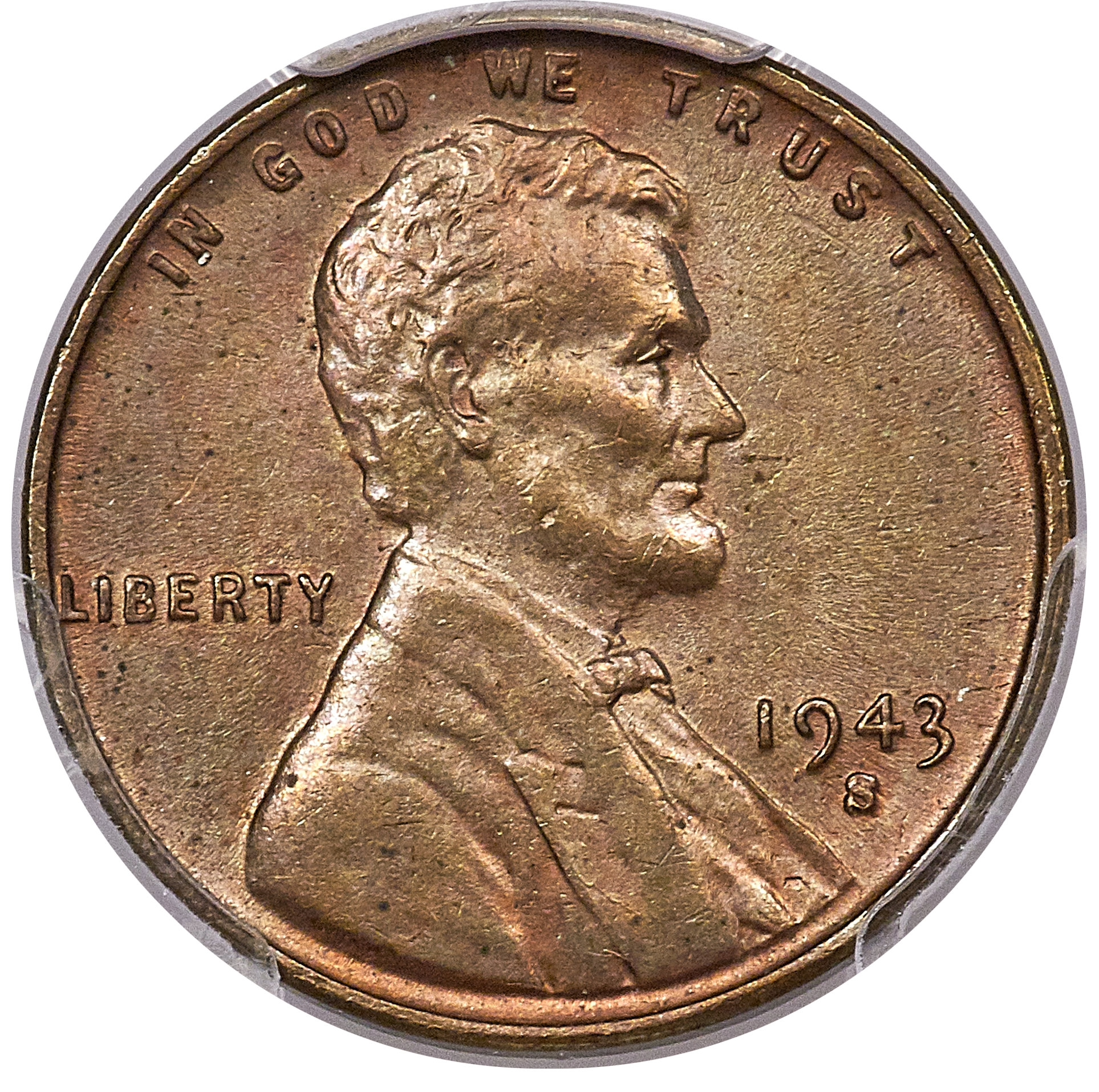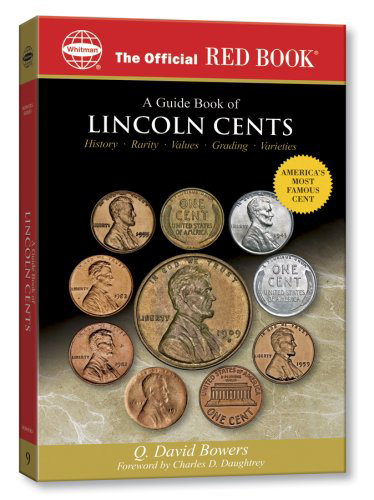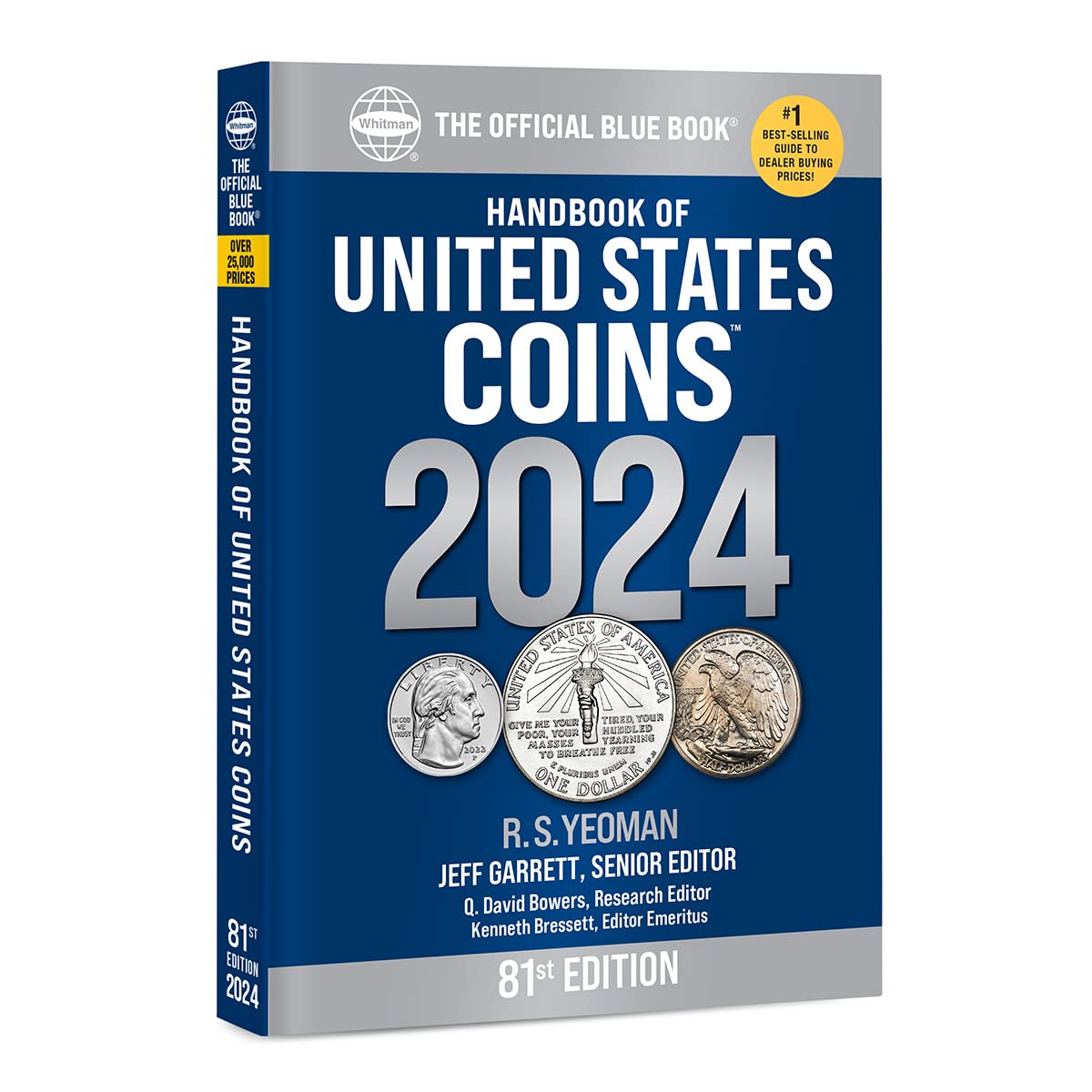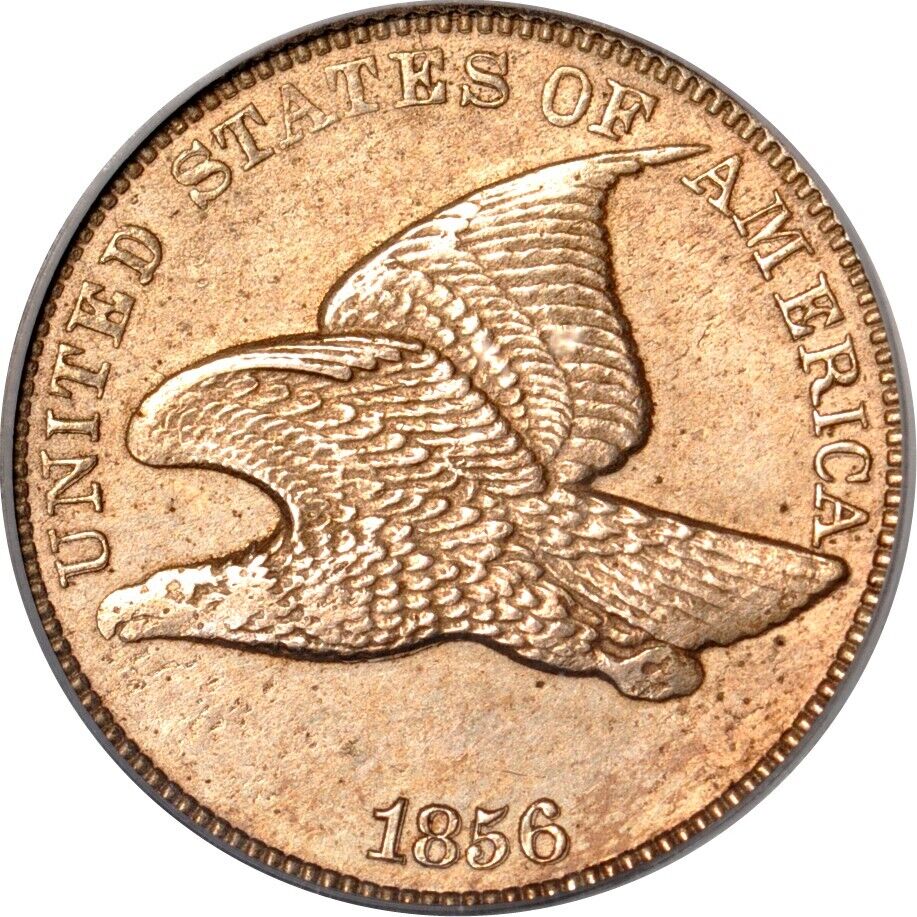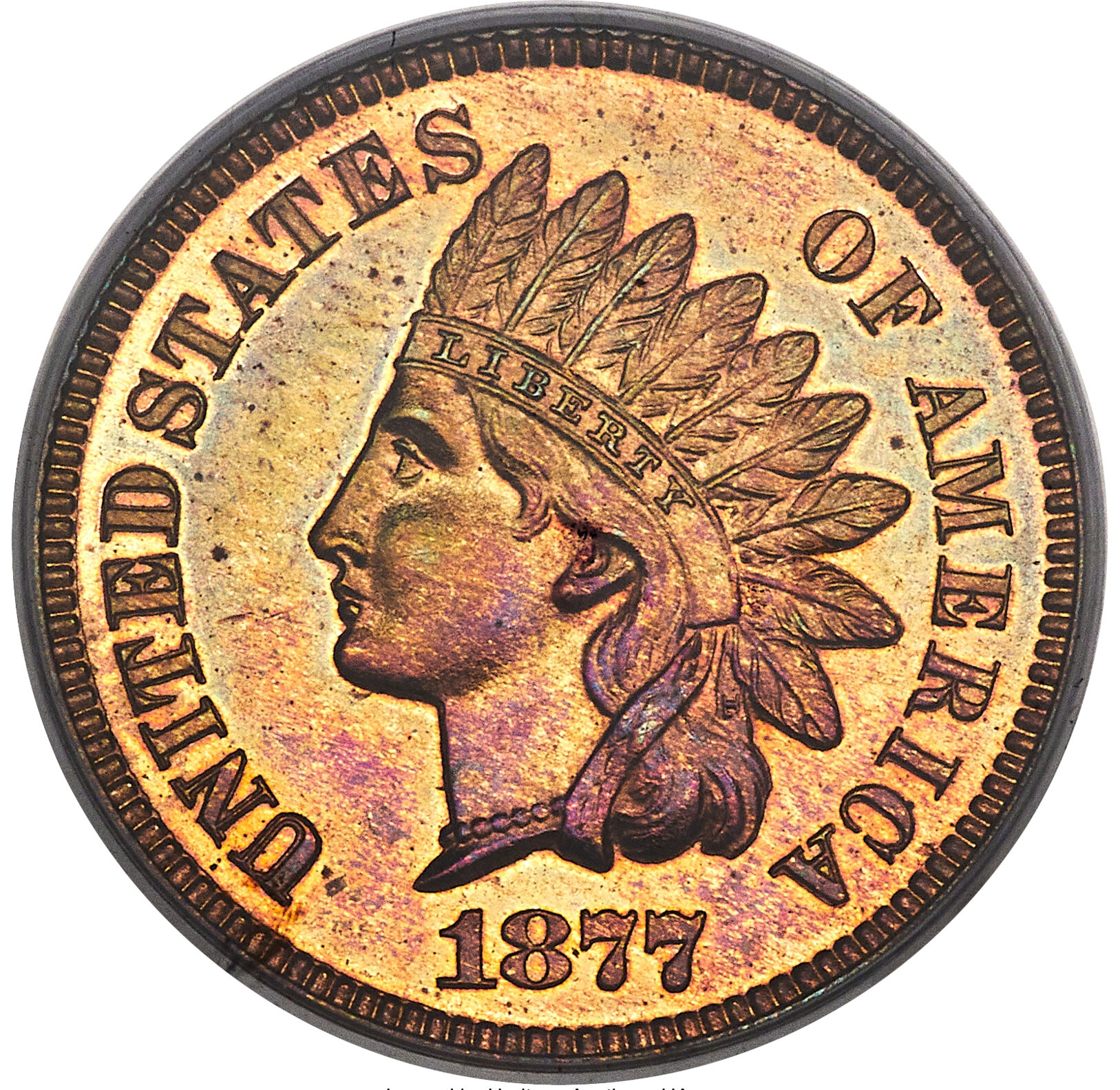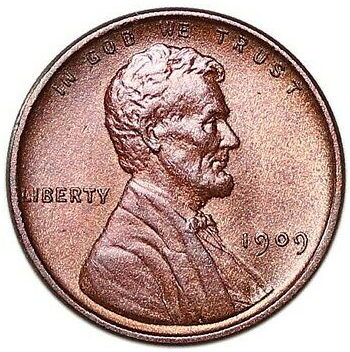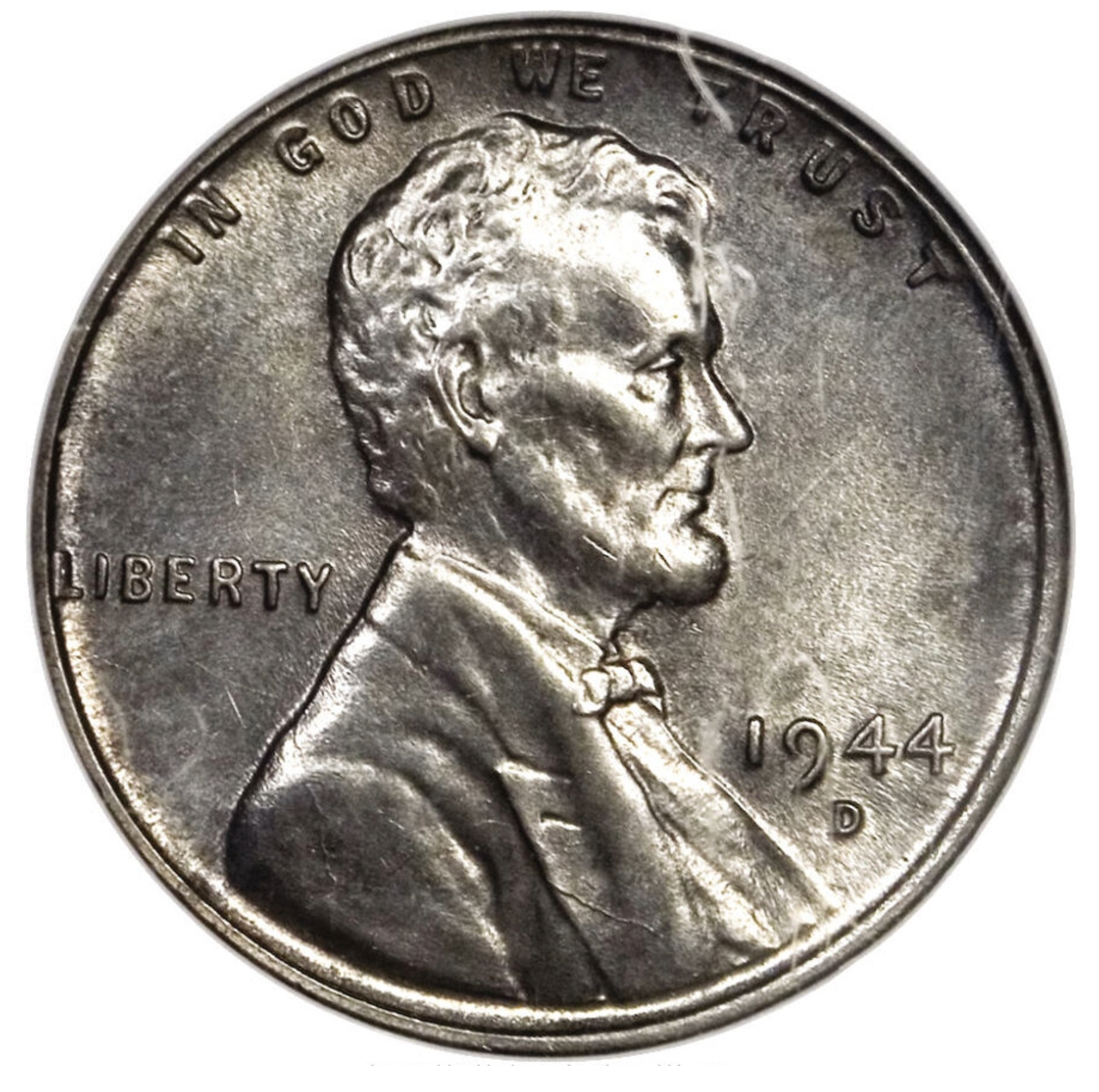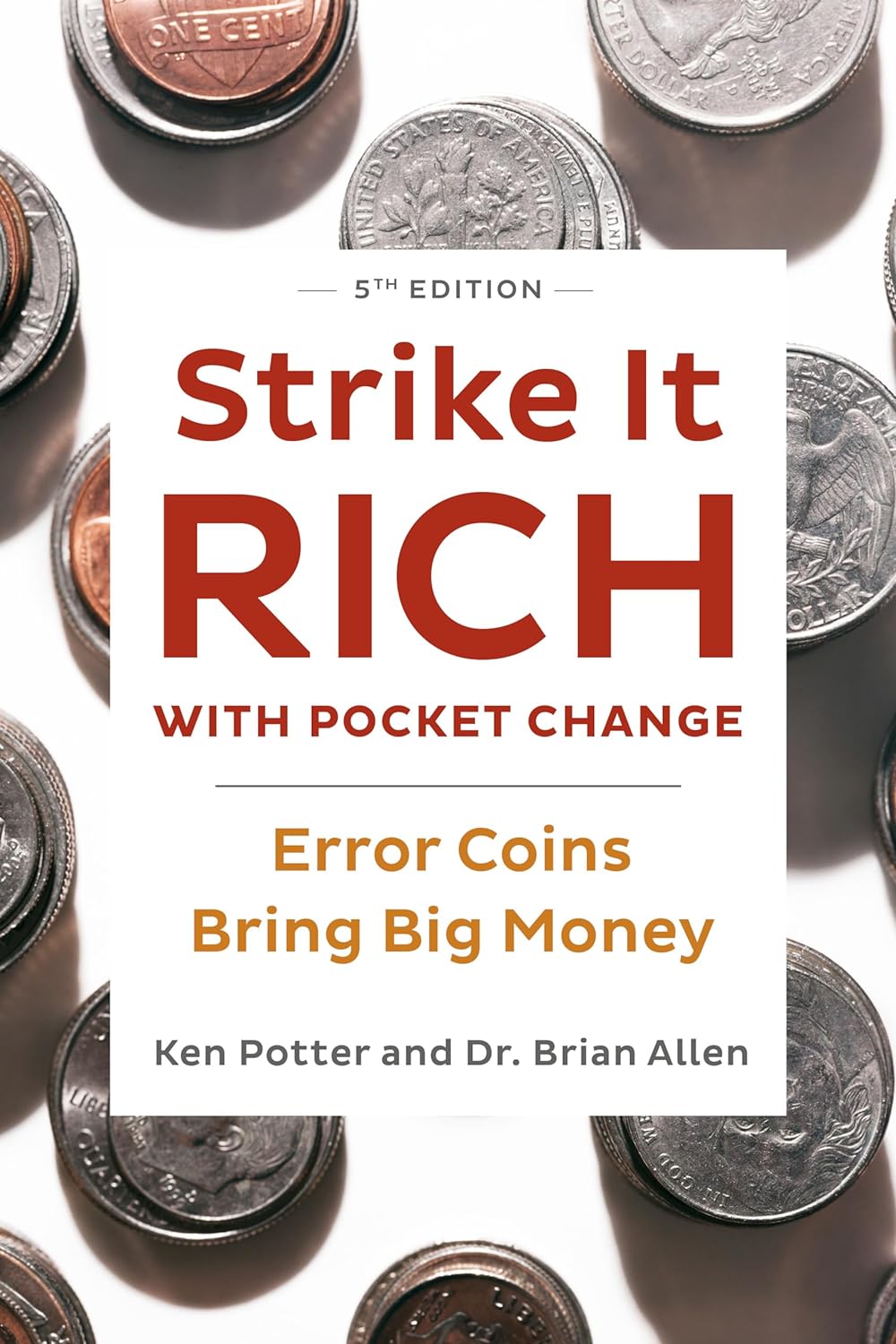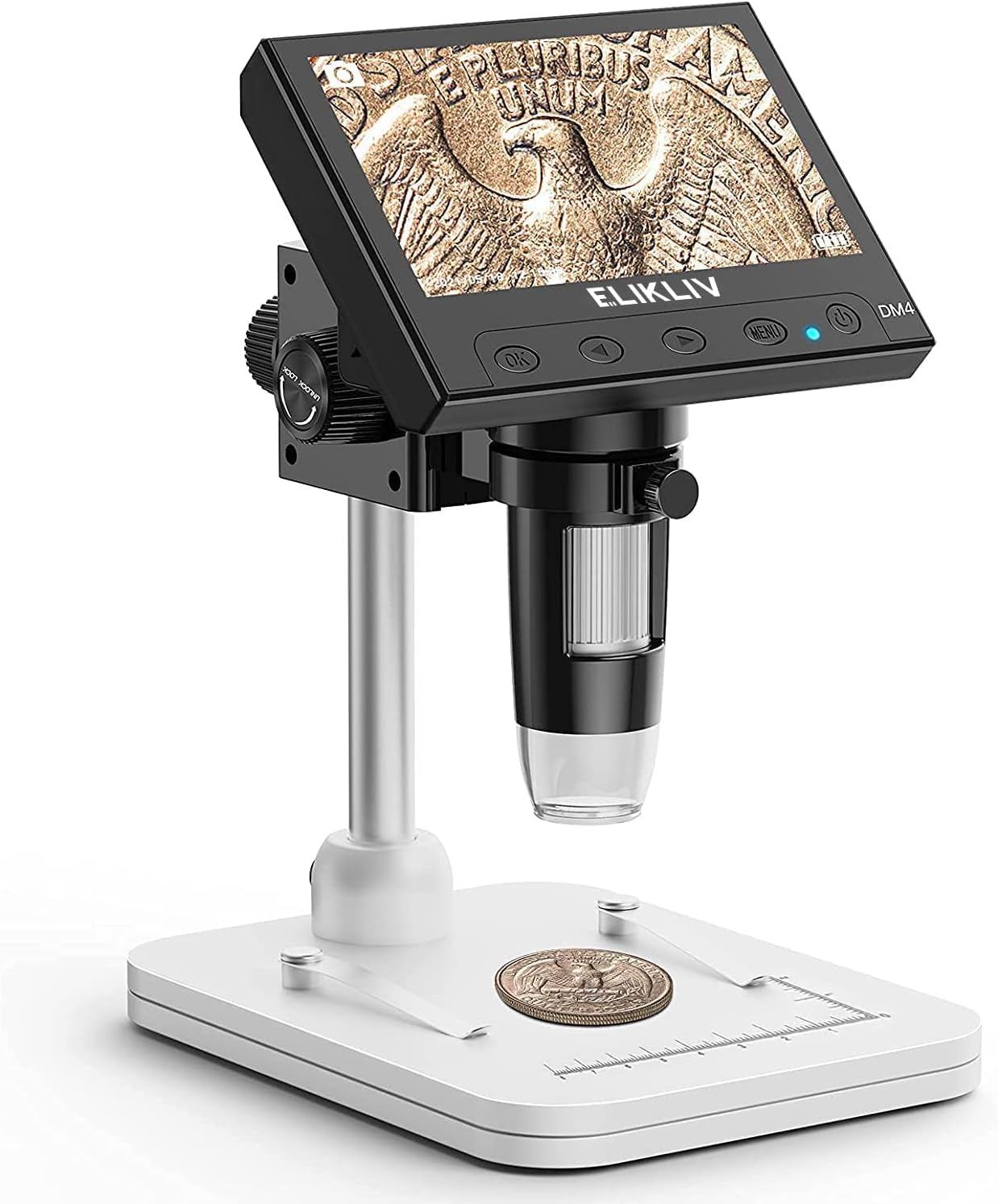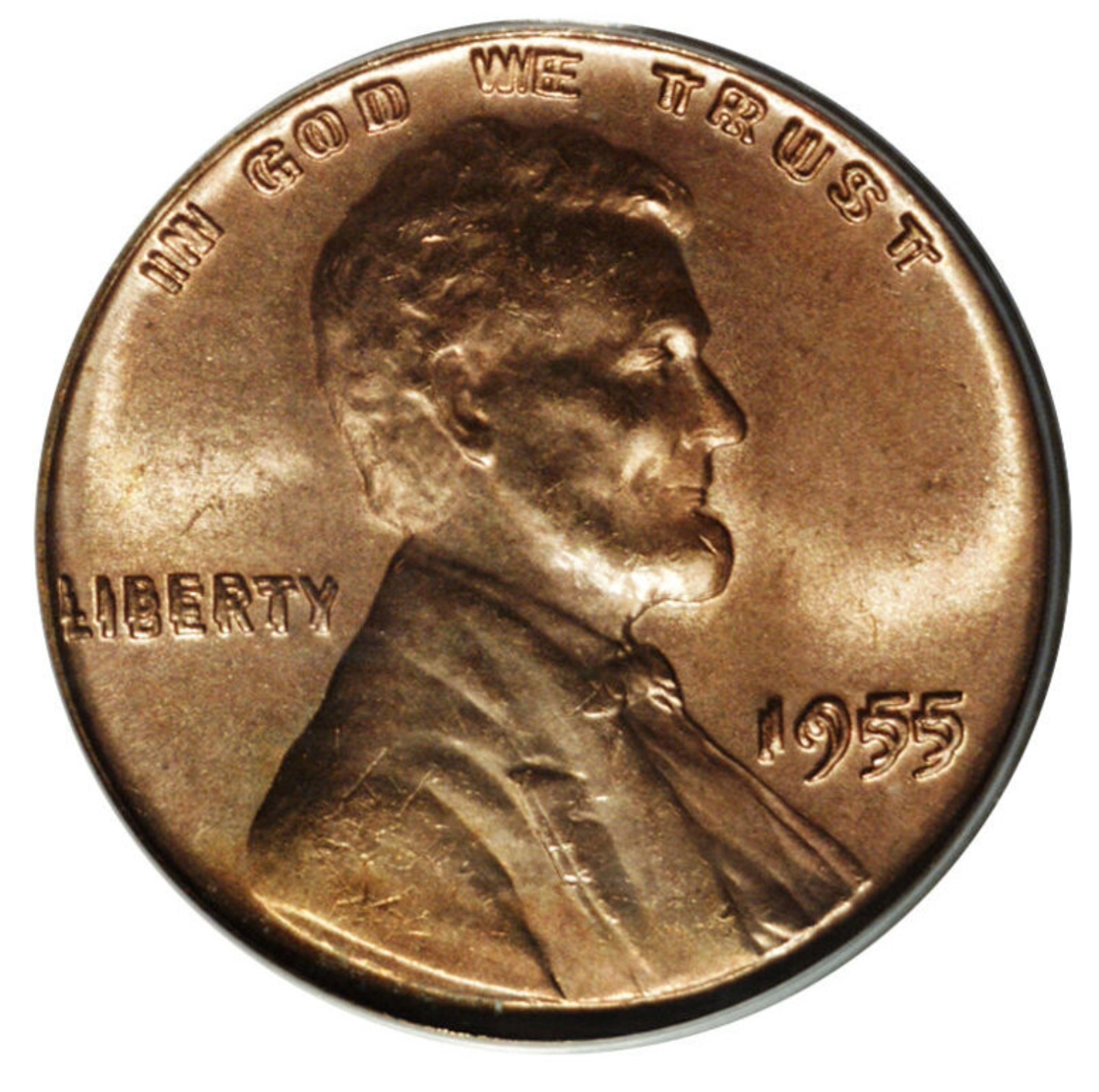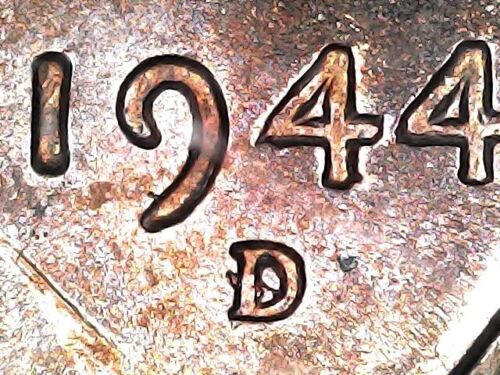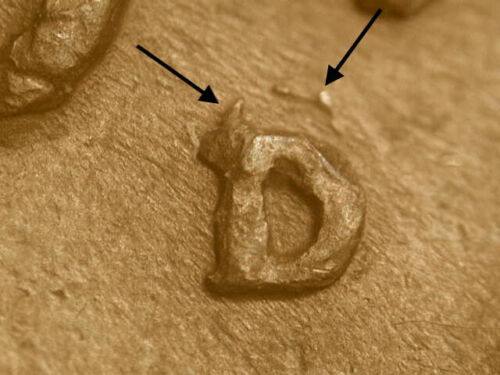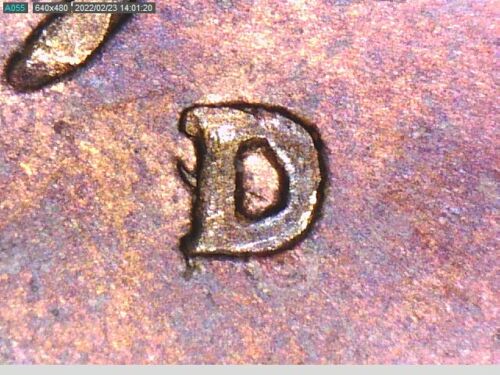1943 Steel Wheat Pennies
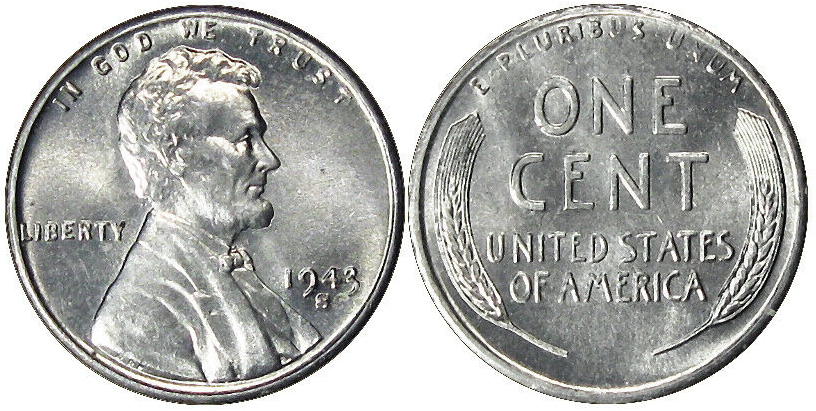
The 1943 Steel Wheat Penny is a unique and interesting coin with a significant place in U.S. numismatic history. During World War II, copper was a critical material needed for wartime production, particularly for ammunition and other military equipment. To conserve copper for the war effort, the U.S. Mint decided to use an alternative material for pennies in 1943.
The 1943 Steel Wheat Penny
In 1943, the U.S. Mint produced pennies from zinc-coated steel instead of the usual bronze (copper and tin). These steel pennies are sometimes referred to as "steelies." The 1943 steel penny has a distinct silvery color due to its zinc coating. This is a stark contrast to the typical reddish-brown color of copper pennies.
Production and Specifications
The steel pennies were produced at all three mints: Philadelphia, Denver, and San Francisco.
Philadelphia Mint: Produced 684,628,670 steel cents.
Denver Mint: Produced 217,660,000 steel cents (identified by the "D" mint mark).
San Francisco Mint: Produced 191,550,000 steel cents (identified by the "S" mint mark).
Weight and Size: The 1943 steel penny weighs about 2.7 grams, slightly less than the 3.11 grams of a bronze penny, and has the same diameter of 19 millimeters.
1943 Steel Wheat Pennies Value Chart
| Year |
Grade |
Sold |
Date |
| 1943 | MS68 | $4,560 | May 2024 |
| 1943-D | MS68 | $4,080 | May 2024 |
| 1943-S | MS68 | $3,120 | May 2024 |
| 1943-S | MS67 | $139 | May 2024 |
Characteristics and Issues
Magnetic Properties: Due to their steel composition, these pennies are magnetic, unlike their copper counterparts.
Corrosion and Tarnish: The zinc coating was intended to prevent rust, but in practice, the coating often wore off, exposing the steel underneath and leading to rust and corrosion.
Confusion with Dimes: The steel pennies were similar in appearance to dimes, leading to confusion in everyday transactions.
Return to Bronze
The steel pennies were not popular with the public due to their tendency to rust and their confusing similarity to dimes. In 1944, the U.S. Mint returned to using bronze for pennies, utilizing recycled shell casings from the war.
Collecting 1943 Steel Pennies
While the 1943 steel penny is not rare in general, it is a unique and interesting piece for collectors. They are relatively affordable, especially in lower grades. High-grade examples are valuable, but only graded in MS67 and above. Collectors often seek out examples from each mint (Philadelphia, Denver, and San Francisco) to complete their sets. A few rare error coins were struck on bronze planchets in 1943 due to leftover blanks from 1942. These bronze 1943 pennies are extremely rare and highly valuable.
The 1943 Steel Wheat Penny is a fascinating coin born out of necessity during World War II. Its unique composition, historical significance, and the public reaction to it make it a noteworthy addition to any coin collection. Whether you're a seasoned collector or a history enthusiast, the 1943 steel penny offers a tangible connection to a pivotal time in American history.
